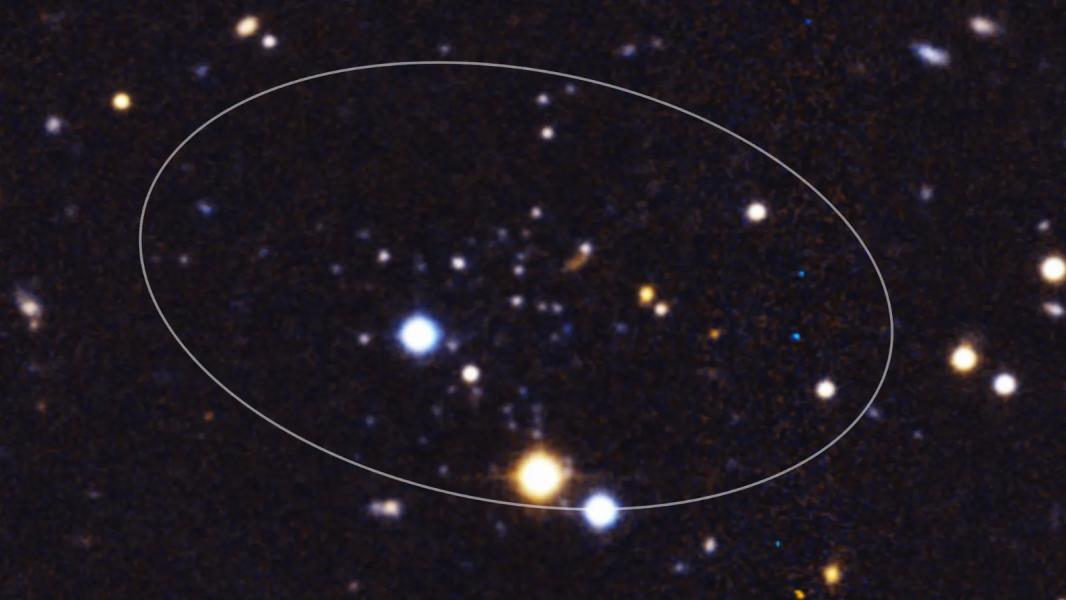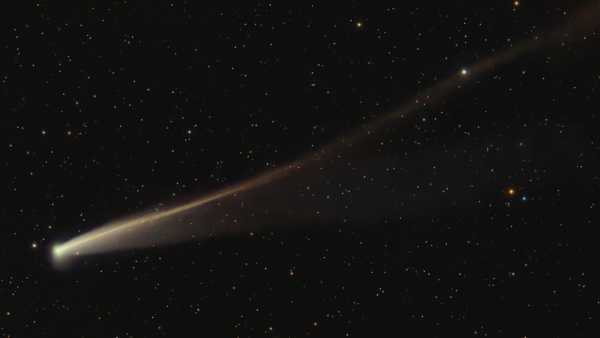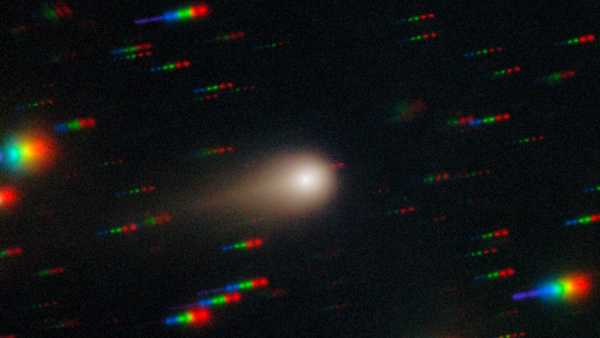
The new galaxy, Andromeda XXXV, is visible inside the white ellipse. (Image credit: CFHT/MegaCam/PAndAS (Principal Investigator: Alan McConnachie; Image processing: Marcos Arias))
Astronomers have found a cluster of small galaxies located about 3 million light-years from Earth, including the tiniest and faintest galaxy ever observed.
This galaxy, named Andromeda XXXV, and its neighbors orbiting our neighboring Andromeda galaxy, could change our understanding of cosmic evolution.
This is because dwarf galaxies of this size should have been destroyed in the hotter, denser conditions of the early universe. Yet somehow this tiny galaxy remained unscathed.
“These are fully functional galaxies, but they are about a million times smaller than the Milky Way,” team member and University of Michigan professor Eric Bell said in a statement. “It’s like having a fully functional human the size of a grain of rice.”
Meet Andromeda XXXV
Dwarf galaxies themselves are nothing new to scientists. Our own galaxy, the Milky Way, orbits many such satellite galaxies caught in its gravitational field.
However, scientists know little about dwarf galaxies. This is because they are smaller and much dimmer than larger galaxies, making them difficult to detect and study at great distances.
Although astronomers have been able to identify many dwarf galaxies orbiting the Milky Way, identifying dwarf galaxies around our bright galactic neighbors has been incredibly difficult. This means that the Milky Way's dwarf galaxies have been our only source of data on small satellite galaxies.
The task is somewhat easier around the closest large galaxy to the Milky Way, Andromeda. Other dwarf galaxies have been spotted around Andromeda before, but they were larger and brighter, thus only confirming the information astronomers have collected about dwarf galaxies around the Milky Way.
Sourse: www.livescience.com





